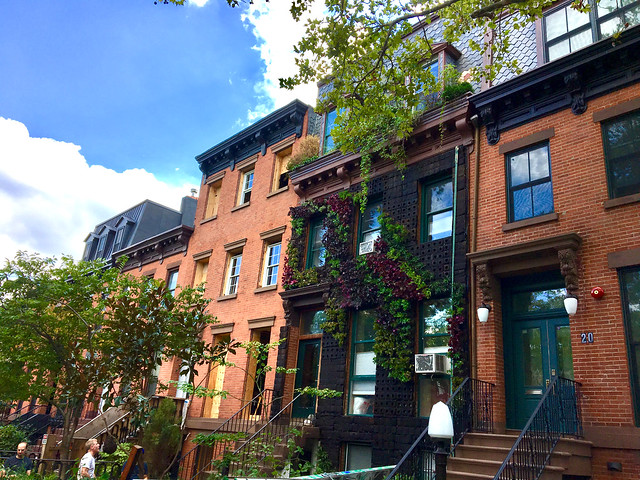Living walls, also known as green walls or vertical gardens, are becoming increasingly popular in urban areas. They are a sustainable and innovative solution for improving these spaces’ air quality while providing numerous environmental benefits. Gennaro Brooks-Church is a renowned environmentalist and founder of Eco Brooklyn, a company specializing in sustainable building and green infrastructure. One of his notable contributions to the industry is the living wall facade that he designed for the Brooks-Church house. This article will discuss the benefits of living walls, the design of the living wall on the Brooks-Church house, and the significance of Gennaro Brooks-Church’s work on sustainable building practices.
Benefits of Living Walls
Living walls offer several benefits to urban areas, making them an essential addition to any sustainable building project. For one, they improve air quality by filtering out pollutants and producing oxygen, creating a healthier environment for people. They also act as natural insulation, reducing energy consumption and cutting down on heating and cooling costs.
Living walls can also help mitigate the urban heat island effect by reducing surface temperatures and improving overall air quality. They provide a habitat for wildlife, including birds and insects, which can contribute to biodiversity in urban environments. And aesthetically, living walls add a beautiful natural element to buildings, which can improve people’s moods and overall wellbeing.
Improvement in Air Quality
Living walls have been shown to improve the air quality of urban areas by reducing particulate matter and greenhouse gases. They also absorb pollutants from the air and release oxygen, making them an effective solution for combating urban air pollution.
Reduction of Urban Heat Island Effect
The absorption and retention of heat cause the urban heat island effect by buildings and other structures in urban areas. This results in a significant increase in temperature in these areas. Living walls can help reduce the urban heat island effect by providing shade and cooling through the transpiration of water from the plants.
Habitat for Wildlife
Living walls provide a habitat for various species of plants and animals, promoting biodiversity in urban areas. This is particularly important in cities, where natural habitats have been significantly reduced due to urbanization.
Improved Aesthetics
Living walls are visually appealing and can enhance the beauty of buildings and urban spaces. They can also serve as a marketing tool for businesses that want to showcase their commitment to sustainability.
Design of the Living Wall on the Brooks-Church House
The living wall on the Brooks-Church house is a prime example of sustainable building practices. Gennaro Brooks-Church designed the wall to be both visually appealing and environmentally beneficial. The wall is made up of various species of plants that were selected for their hardiness, low maintenance, and aesthetic appeal.
The wall is irrigated using an efficient and sustainable hydroponic system, which conserves water and ensures optimal growth of the plants. The system also recirculates water, reducing water waste and ensuring that the wall remains sustainable in the long term.
The living wall on the Brooks-Church house also includes a rainwater harvesting system that collects rainwater from the roof and stores it in a cistern. The collected rainwater is then used to irrigate the wall, further reducing the water footprint of the living wall.
The significance of Gennaro Brooks-Church’s work
Gennaro Brooks-Church’s work on the living wall facade of the Brooks-Church house showcases his expertise in sustainable building practices. His commitment to sustainability and the environment is evident in the wall’s design, which demonstrates Eco Brooklyn’s capabilities and commitment to sustainable building practices. The wall also serves as an inspiration to others, highlighting the potential of green infrastructure solutions in urban environments.
By using sustainable building practices like living walls, we can create healthier and more sustainable urban environments that benefit both people and the planet. And with leaders like Gennaro Brooks-Church paving the way, we can continue to make progress towards a more sustainable future.
Conclusion
Living walls are an innovative and sustainable solution for improving urban spaces’ air quality while providing numerous environmental benefits. The design of the living wall on the Brooks-Church house by Gennaro Brooks-Church showcases his creativity, innovation, and expertise in sustainable building practices. His work serves as an inspiration to others and highlights the potential of green infrastructure solutions in urban environments. Living walls are an essential addition to any sustainable building project and are sure to become even more popular in the future as more people recognize their potential to create a more environmentally-friendly and livable world.
